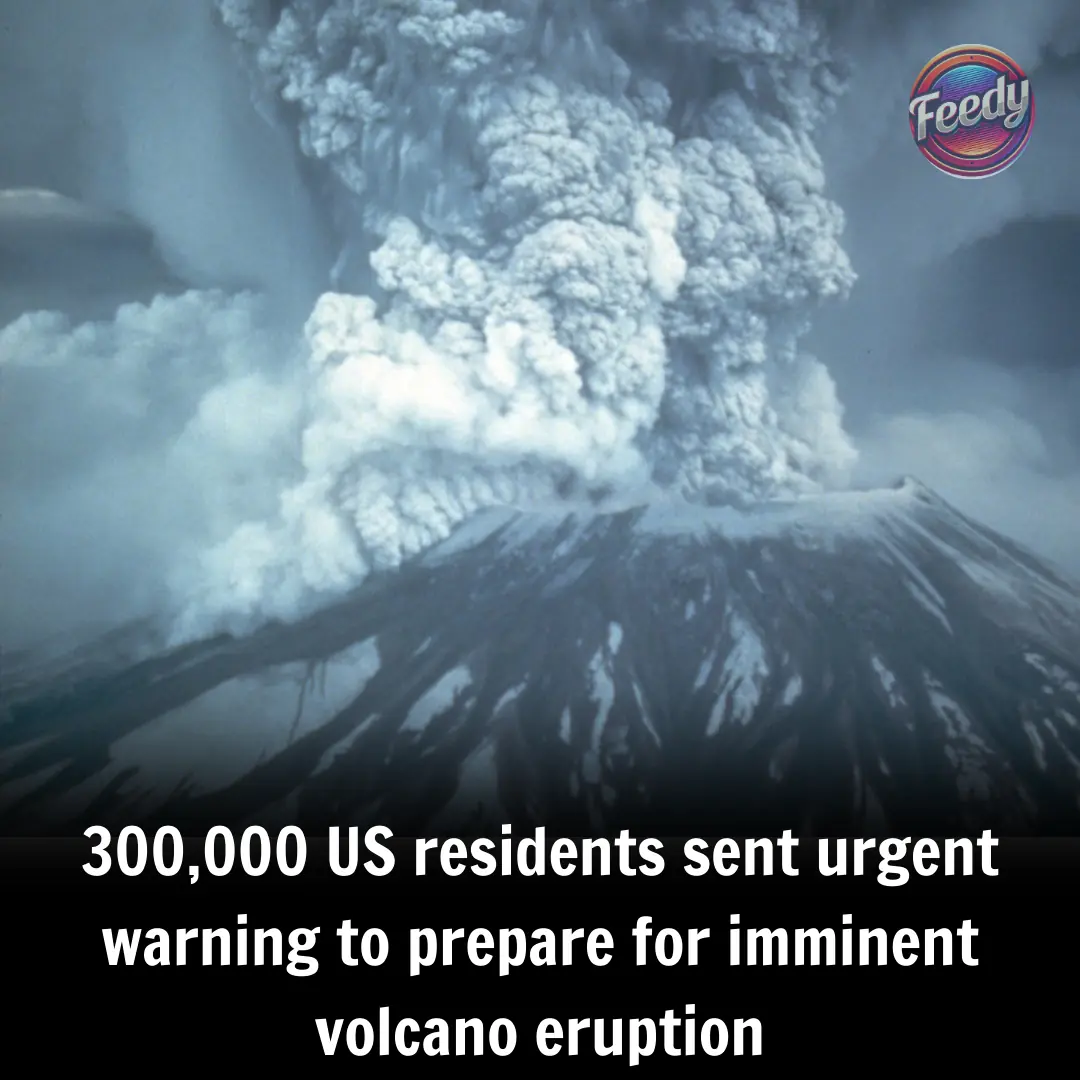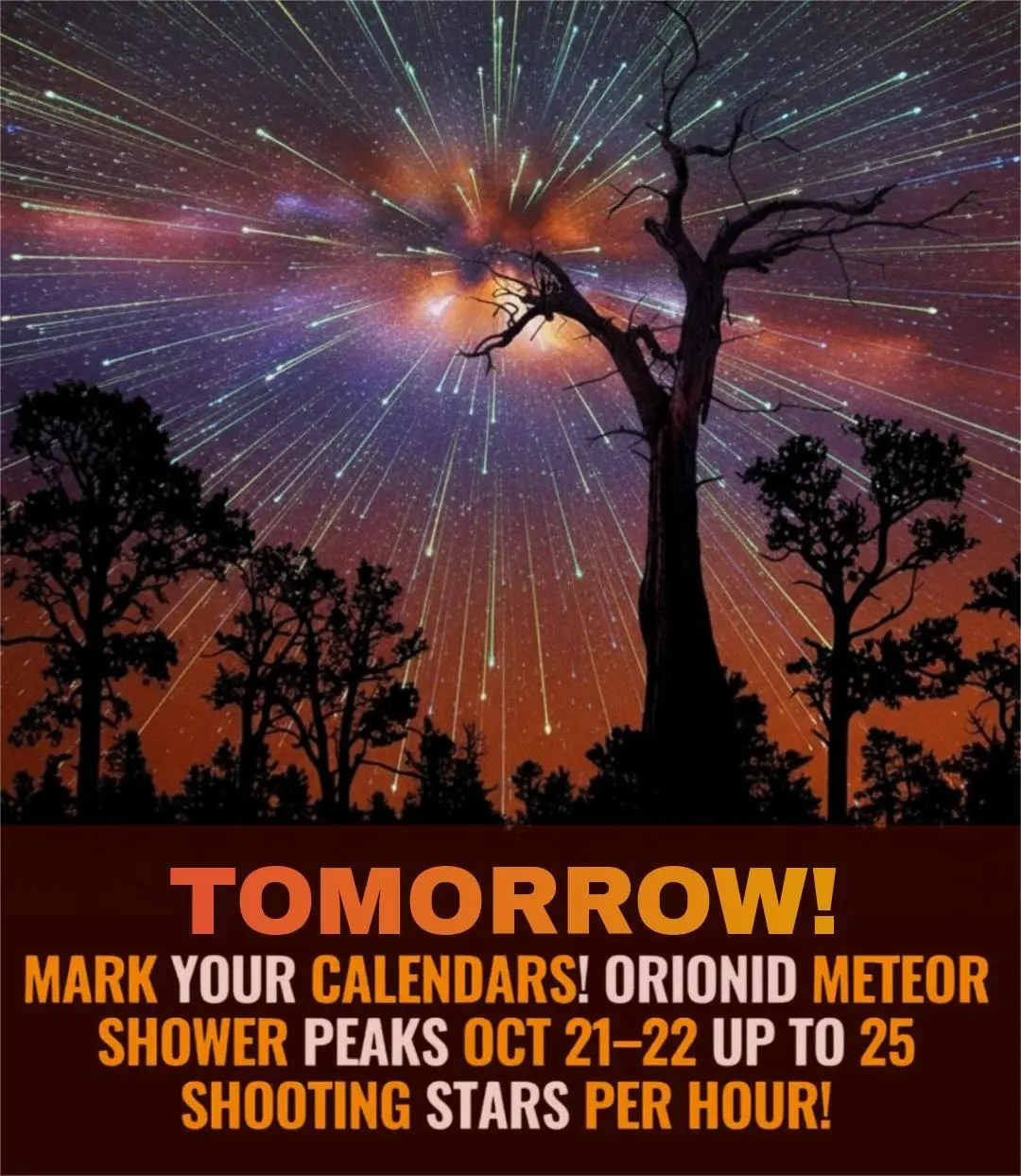
Volcano Eruption Threatens 300,000 US Residents, Authorities Issue Immediate Warning

Mount Spurr Awakens: Thousands of Earthquakes Signal a Potential Volcanic Eruption in Alaska
For decades, Mount Spurr stood quietly cloaked in snow, its towering 11,070-foot peak rising 81 miles west of Anchorage, Alaska. But the long-dormant stratovolcano is showing unmistakable signs of unrest—sparking concern among scientists and communities alike.
A Surge of Seismic Activity
In the past year alone, the Alaska Volcano Observatory (AVO) has recorded more than 3,400 earthquakes beneath Mount Spurr, a dramatic increase that experts say could point to an impending eruption. During February and March, the frequency intensified, with more than 100 tremors occurring each week—telltale signs that magma is on the move.
This isn’t Mount Spurr’s first act. In 1992, the volcano erupted three times, blanketing Anchorage in ash, disrupting air travel, and triggering a public health crisis. Those memories are still fresh for many Alaskans, and today’s activity is eerily familiar.
Tension Builds as Monitoring Intensifies
While the volcano’s alert level remains at a watchful moderate, scientists are ramping up monitoring. Seismometers are tracking ground movements 24/7. Satellites are scanning for subtle changes in the mountain’s shape, and instruments are measuring gas emissions like sulfur dioxide—often a precursor to eruption.
AVO experts caution that while an eruption isn’t guaranteed, the current seismic activity mirrors patterns seen before the explosive events of 1992.
Preparing for the Worst: Communities on High Alert
Across the region, residents are preparing. Emergency kits are being packed. Hardware stores report rising sales of N95 masks, air purifiers, and goggles. Some are sealing windows and doors, readying their homes against ash fallout.
Volcanic ash is no ordinary dust. It’s sharp, abrasive, and damaging—not just to human health but to machinery, vehicles, and water supplies. Health officials warn that people with asthma or respiratory issues are especially vulnerable and urge early precautions.
During the 1992 eruption, ashfall reached over 12 miles high and blanketed Anchorage, forcing schools to close and planes to ground. It’s a scenario no one wants to relive—but everyone is preparing for.
Lessons from the Past
Mount Spurr erupted in both 1953 and 1992, and history may soon repeat itself. Scientists are studying previous ashfall patterns and eruption timelines to forecast what might happen next. The volcano’s proximity to Anchorage and prevailing wind patterns mean that even a moderate eruption could have serious regional impacts.
Although located across Cook Inlet, Mount Spurr’s ash clouds can easily be carried eastward by high-altitude winds, putting Alaska’s largest city directly in harm’s way.
A Unified Response
State and local authorities are collaborating closely with the AVO. Public information campaigns, emergency preparedness drills, and rapid-response plans are already in motion. Scientists are on high alert, scanning for any sudden changes that could escalate the situation.
As of now, schools remain open and life goes on—but with an air of watchful caution. “It’s like living next to a sleeping giant,” one Anchorage resident said. “You never know when it’s going to wake up.”
The Calm Before the Eruption?
Mount Spurr may still look peaceful from the outside, but deep below the surface, something is stirring. Thousands of small earthquakes suggest that magma is building pressure, creeping ever closer to eruption. The timing remains uncertain—but the warning signs are growing harder to ignore.
Thanks to modern monitoring and informed communities, Alaska is better prepared than ever to face a volcanic crisis. Still, the tension lingers. Every tremor is a reminder: the mountain is awake.
Until then, the snowy slopes of Mount Spurr stand as both a beautiful landmark and a powerful force of nature—silent for now, but watched by all.
News in the same category


The Windows 10 Wallpaper That Was Shockingly Real

Olympic Medal Turned Into a Miracle: The Selfless Act of Maria Andrejczyk

A Little Boy’s Silent Prayer That Touched the World

Bullied 7-Year-Old Boy Finds a Kindred Spirit in Cat With the Same Rare Conditions

Single Dad in Thailand Dresses as Mom to Support His Daughter

Man With Facial Disfigurement Asked to Leave Restaurant Before Sitting Down

She Had 43 Cosmetic Procedures To Become A Barbie Doll – Critics Say She Looks Like A ‘Zombie’

She believed it was just an ordinary photo — but zooming in revealed a shocking truth that turned her world upside down

Newly married couple tragically discovered dead in their car just weeks before celebrating their first anniversary

Sleeping Trick? Why Sticking One Foot Out Actually Works

Two best friends died hand in hand in an accident right before prom night

Divorce warning signs you might be ignoring

🌱 UBC Scientists Develop the World’s First Mushroom-Powered Waterless Toilet

Elon Musk: Building a Thriving Mars Colony Means 100,000 People, 1 Million Tons of Cargo and a Mission Beyond Just Arrival

October 21: Rare Green Comet Meets Orionid Meteor Shower in a Double Cosmic Spectacle

Indian Engineers Win Ig Nobel Prize for UV Shoe Rack That Kills Bacteria and Eliminates Odor

Nobel Prize 2025: Breakthrough Discovery Reveals How the Immune System Knows When to Stop Attacking Itself

GE’s Haliade-X: The World’s Most Powerful Wind Turbine Revolutionizing Clean Energy

Google Grants a Special Birthday Wish from a Little Girl
News Post

WHAT HAPPENS WHEN WE TONGUE KISS…See more

Nature’s Secret: 4 Healing Leaves That Support Metabolism, Immunity & Circulation Naturally

Don’t Drink Coconut Water Before You Know These 11 Secrets!

Pumpkin Seed Milk — The Natural Parasite Cleanser

Fast Rice Water Trick for a Brighter Smile

Morning Drink to Revive Your Kidneys Fast

The Onion Recipe That Could Transform Your Blood Sugar, Support Cleaner Arteries, and Protect Your Heart!

Top 4 Fruits That Help Your Kidneys Flush Out Toxins While You Sleep

Ginger, Clove, and Honey: The Natural Trio Your Body Will Thank You For

Heal 15 Years of Joint Pain Naturally with Turmeric and Honey Tea

This Juice Revived My Grandma’s Energy — Say Goodbye to Fatigue and Body Pain with This Natural Recipe

The Benefits of Eating 2 Boiled Eggs Every Morning: Transform Your Health!

If Your Kidneys Are in Danger, Your Body Will Send You These 8 Signals — Don’t Ignore Them

The Surprising Effects of Avocado on Your Heart and Brain

Ways to Get Over a Man Who Didn’t Value You

I’m 66 but Look 36 — My Secret? Aloe Vera & Ginger for Firm, Smooth Skin

How to Make Okra Water to Treat 17 Health Problems Naturally

Banana and Egg Mask to Look Younger Even in Your 80s

Scent Leaf Secrets Unveiled: 10 Surprising Health Benefits of This Miracle Herb
